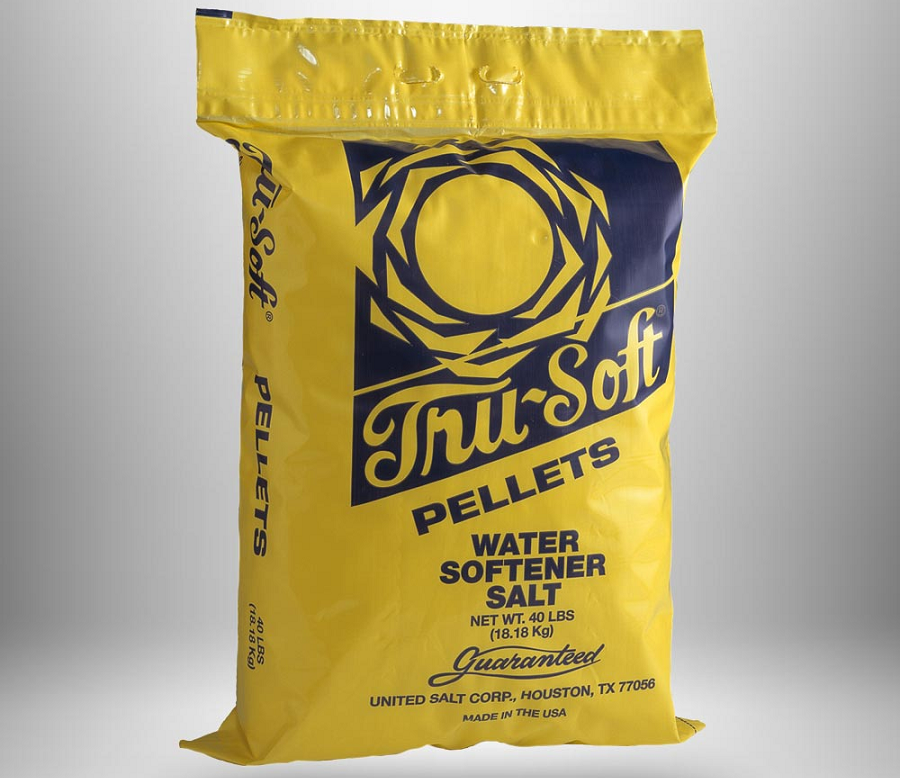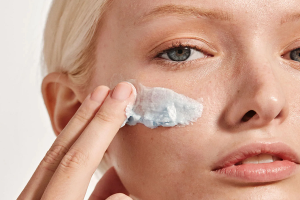
Working with hard water can be irritating. When showering it takes a lot to get soap subs to lather. Some people absolutely need to have a lathered bath, so this can be pretty disheartening. Shower curtains are one of the first things in the shower to accumulate filmy subs. The scum comes from shampoo and soap that simply never lathered. The same goes for washing clothes, soap detergent melts, and lathers quickly in softened water.
However, in hard water the clothes will appear as if they were never cleaned. In most cases, soap residue would be left on the clothes. Hard water is known to make clothes wear out quicker, leaving them faded. And when it comes to washing dishes stains are usually left on the dishes. The streaks are noticed glasses especially.
When a large amount of calcium is in the water, it is considered to be hard water. Hard water does more than just leave a film on shower curtains and stains on dishes. It also has a high potential to clog pipes.
Water softeners have the ability to remove contributing ions out of the water. The ions that are causing the water to be hard, once they are removed, the water will work just fine. The best way to add a water softener is to put it into your water supply. This water softener unit will remove the minerals that are keeping the water.
Water Softener Salt
Water softening salts are used in the tank. There are different types. A couple of types are rock salt and block salt. Rock salt is cheaper and does not dissolve as quickly in water. Plus rock salt is difficult to maintain. Evaporated salt pellets are highly recommended. However, they are expensive. These pellets melt almost completely in water, so there is not much residue and mush to clean up. Water softening salts are excellent to use, however, the right type needs to be chosen.
Types of Water Softeners
There are different types of water softeners. One type of water softener is a salt-free version. This version is chosen by many consumers. A filter is used. This filter process removes chemicals, potassium, and salt. This type of softener is preferred because it does not interfere with the minerals in the water. This softener does not work well in water that is very hard, however.
Ion exchange softeners have the capacity to transform ions in the water into sodium ions or potassium ions. This process is not recommended for drinking water. It’s not recommended for this purpose, due to the high sodium level. Many consumers prefer this process because appliances, such as dishwashers and washing machines, have a tendency to last a long time with this process.
The Reverse Osmosis System uses pressure to perform. The process is called semi-permeable membrane. It removes 98{e8320b3a48b868d914fa32d2d6dd13b99d3fcdd8bc3f2724f7c5e8c2702076aa} of all impurities in the water.
And then we have the magnetic water softener system. This system consists of magnets. When the water comes in contact with the magnets it is altered. When it is altered it acts just like it is soft water. However, after 48 hours of being away from the magnetic field, the water will revert back to its a former stage.
So the consumer has a good deal to choose from. Depending on whether there are appliances that need to be protected or if the taste of the taste is more important. It all depends on the consumer. Some shoppers may care mostly about how the water interacts with their clothes when they wash, how much residue is left on their clothes is the most important thing.

